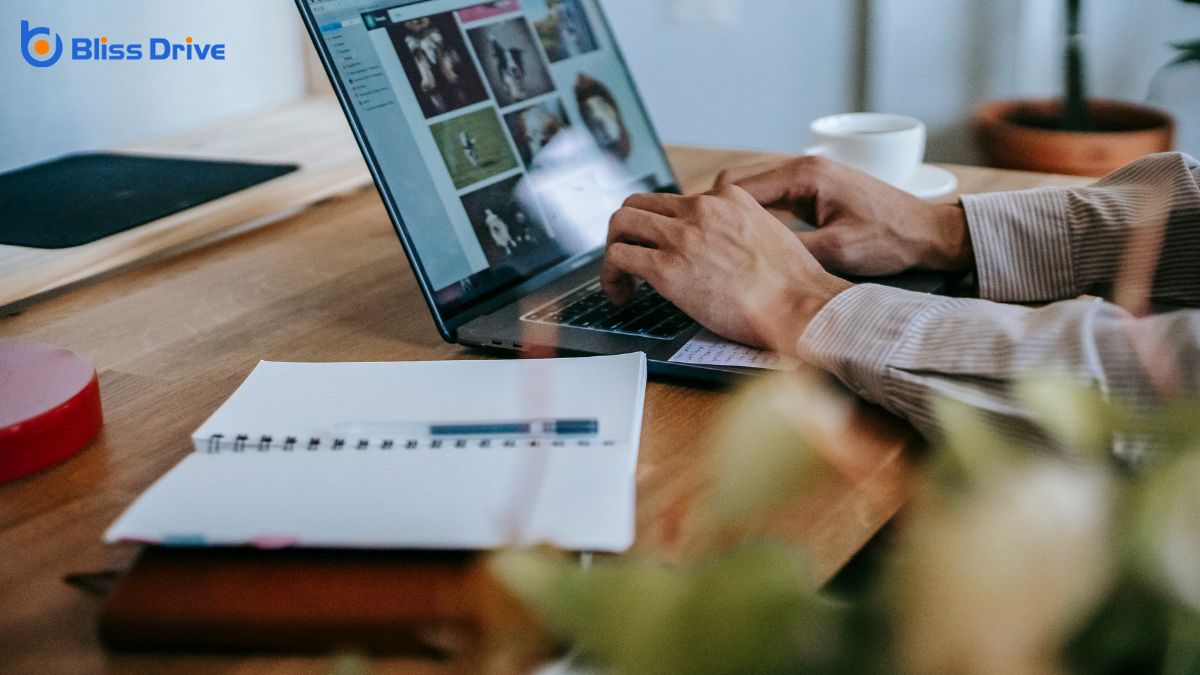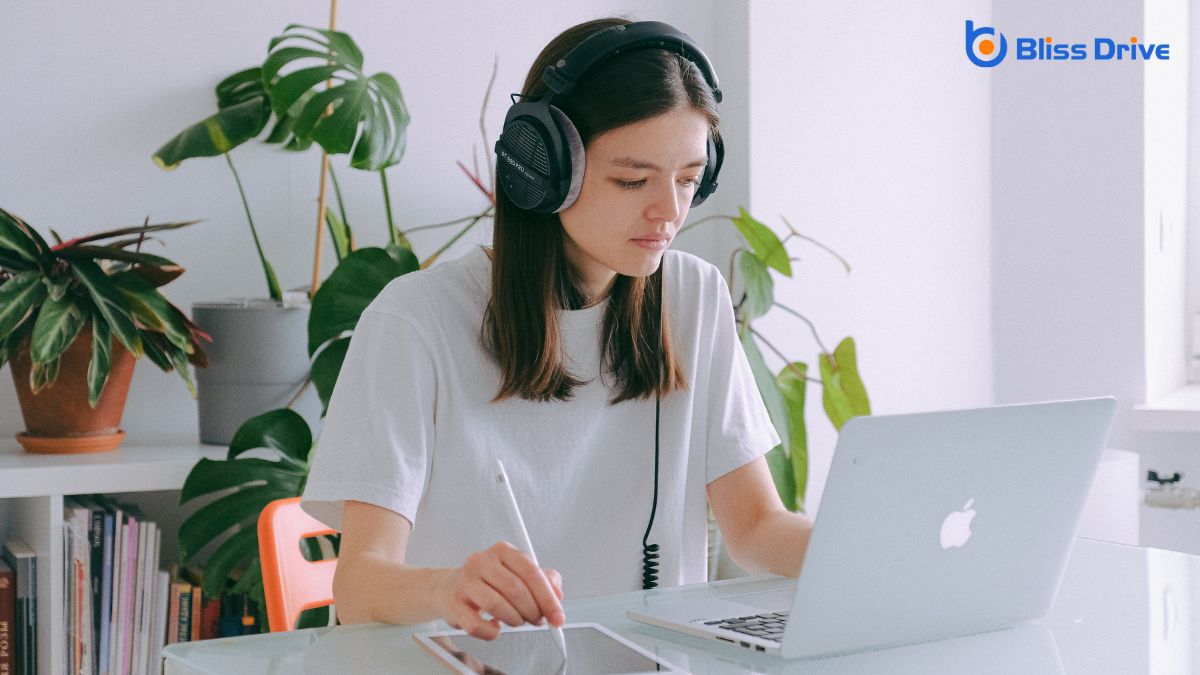Digital Marketing Services
Learn More About Us

You're about to discover why internal linkingLinks that connect different pages on the same website. is a game-changer for your website's rankingsThe position at which a website appears in the SERP.. It's not just about connecting pages; it's a strategic move that enhances user navigation, distributes page authority, and more. Imagine keeping visitors engaged while boosting your content's visibility. Curious about how this simple strategy can improve your site's indexability and user engagementThe level of interaction and involvement users have with social media content.? Let's explore how these elements work together to elevate your SEO game.

Although often overlooked, effective internal linking greatly enhances user navigation on your website.
When you implement a strategic linking structure, visitors can effortlessly find relevant content, which keeps them engaged and reduces bounce rates.
Imagine browsing through a well-organized library where every book leads you to another related one. That's the magic of internal linking in the digital space.
By strategically implementing internal links, you can effectively distribute page authority across your website. This process helps guarantee that your most important pages receive the attention they deserve from search engines.
When you link from high-authority pages to other relevant pages, you're fundamentally passing on a portion of that authority. This boosts the linked pages' potential to rank higher in search results.
Think of it as sharing the wealth among your pages. A well-planned internal linking strategy allows you to guide search engines in understanding which pages hold significant value.
Plus, it helps prevent page authority from concentrating solely on a few pages. By actively managing your internal links, you enhance the overall SEO health of your site, making it more competitive in search rankings.
When you implement a strategic internal linking structure, you enhance your site's indexability, making it easier for search engines to crawl and understand your content. Links act as pathways that guide search engine bots through your website, ensuring they discover every page.
By linking related articles and pages, you provide a clear roadmap, reducing the risk of orphan pages, which are often overlooked by search engines.
Additionally, internal links help search engines establish a hierarchy of importance within your site. This means they can prioritize what to index first, ensuring your most valuable content is visible in search results.
When search engines can index your site effectively, it results in better ranking potential, ultimately increasing your site's visibility and reach.
Beyond enhancing indexability, internal linking plays an essential role in increasing the time visitors spend on your site.
When you strategically link related content, you guide users through a logical journey. They'll find themselves intrigued by additional information, clicking from one page to another.
This keeps them engaged, exploring more of your content rather than bouncing off to another site.

Internal linking enhances content relevance by connecting related topics, helping search engines understand the context and depth of your site.
When you link your content effectively, you not only make it easier for search engines to grasp your site's theme, but you also guide your audience to valuable information.
Here's how you can boost content relevance with internal linking:
You shouldn't worry about the exact number of internal links per webpage. Instead, focus on creating a logical structure that helps users and search engines navigate your site. Guarantee every link adds value and enhances user experience.
Internal links generally don't affect site speed unless your page has an excessive number of them. You should focus on balancing content and links. Make certain your site's infrastructure is optimized to prevent any potential slowdowns from occurring.
Yes, internal linking can impact mobile SEOOptimization techniques to ensure a website performs well on mobile devices. differently. On mobile, you prioritize user experience and fast navigation. Ascertain links are mobile-friendly and leadA potential customer referred by an affiliate who has shown interest in the product or service but h... to quick-loading pages, enhancing your site's mobile performance and search rankings.
You can use tools like Screaming Frog, SEMrush, and Ahrefs to audit internal links. They help identify broken links, optimize link structure, and guarantee a seamless user experience, improving your site's overall SEO performance.
Yes, excessive internal linking can confuse users and dilute your site's authority. Search engines might see it as spammy, reducing your rankings. Keep your links relevant and useful to enhance user experience and maintain SEO benefits.
By embracing internal linking, you'll enhance user navigation and keep visitors engaged, which reduces bounce rates. You'll also distribute page authority effectively, giving important pages more visibility. Internal links improve your site's indexability, making it easier for search engine bots to crawl all your content. Plus, they increase the time users spend on your site, encouraging deeper exploration. Ultimately, you'll boost content relevance, helping search engines understand your site's context and improving your overall SEO health.
